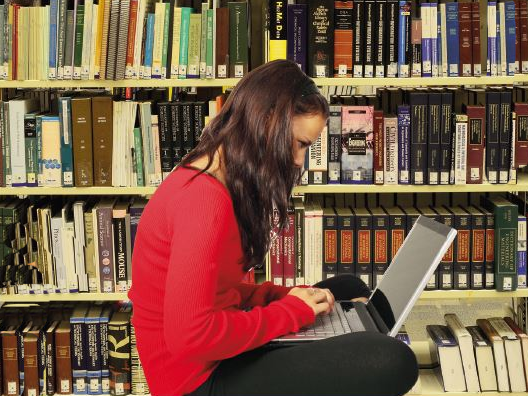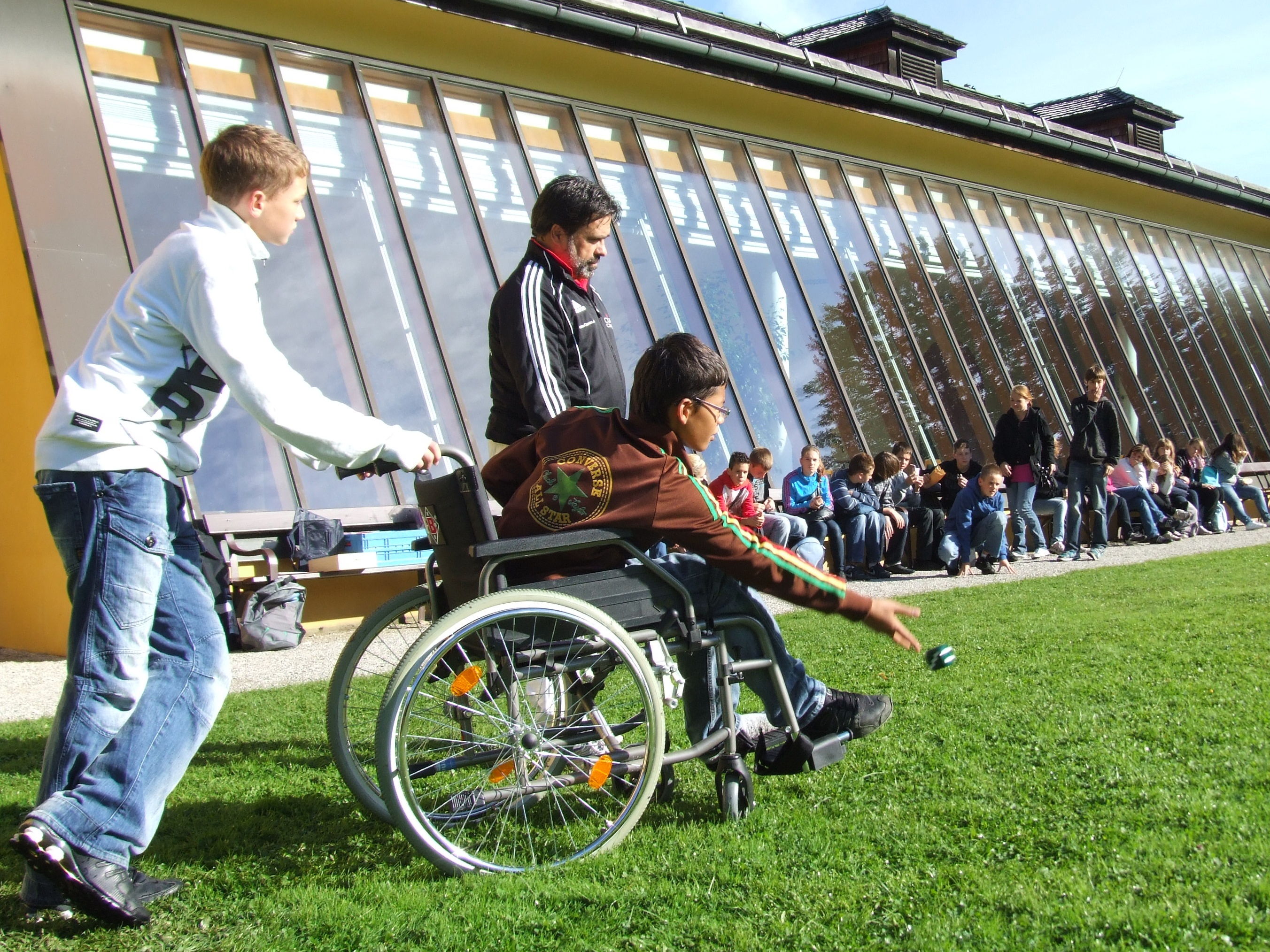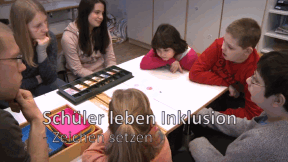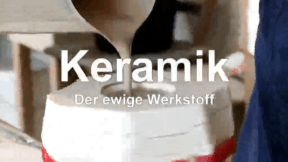 Ecological
Ecological
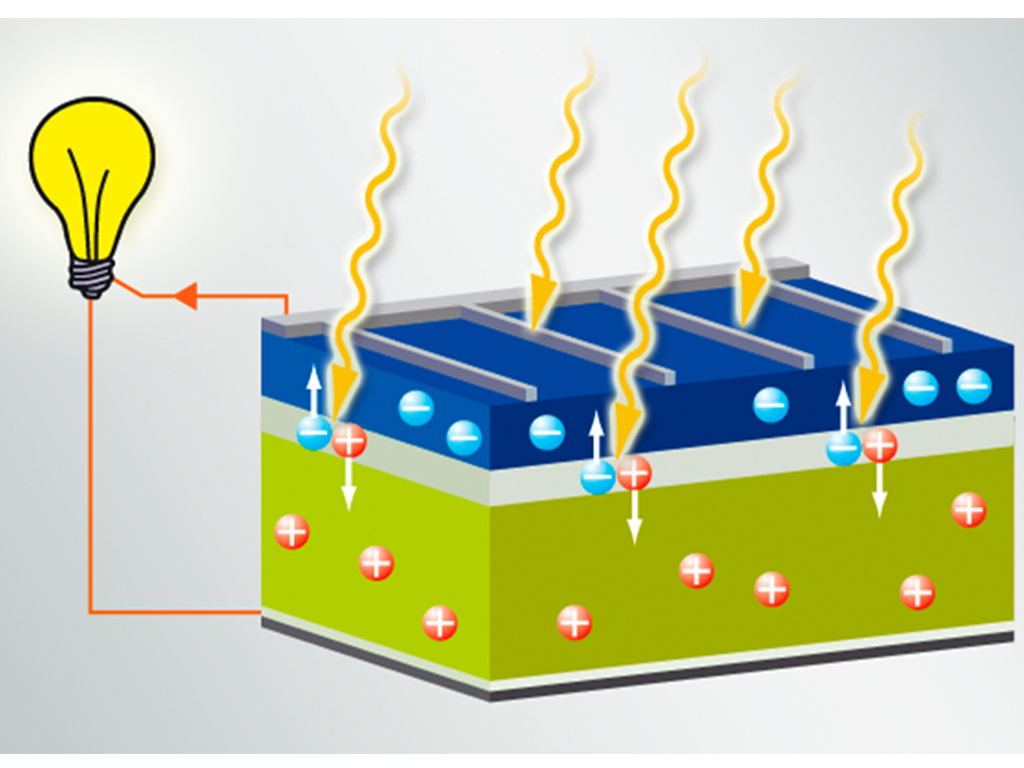
4658334 / 5551754
Source of Energy
the Sun- Yesterday - Today - Tomorrow
Energy determines our lives. Without energy, plants, animals and humans would not be able to live. Without energy, there would be no movement. But what is energy? Where does it come from and how is it used – yesterday, today, tomorrow? The DVD provides an illustrative introduction into the highly topical issue of energy. Starting with the human perception, it leads us to the cosmic primal source, the huge fusion power plant above our heads – to the sun. In doing so, it explains how energy reaches the Earth and is used here in different ways by plants, animals and humans. The physics part clears up the terms work, power and degree of efficiency. The DVD shows what conversion losses occur in the process from primary energy to useful energy, of course including the clarification that energy can neither be generated nor lost in a physical sense. The ecological, economic and social sustainability is discussed. This way, it is made clear that only Renewable Energy – thus energy from the Sun – can secure our future.
Play trailer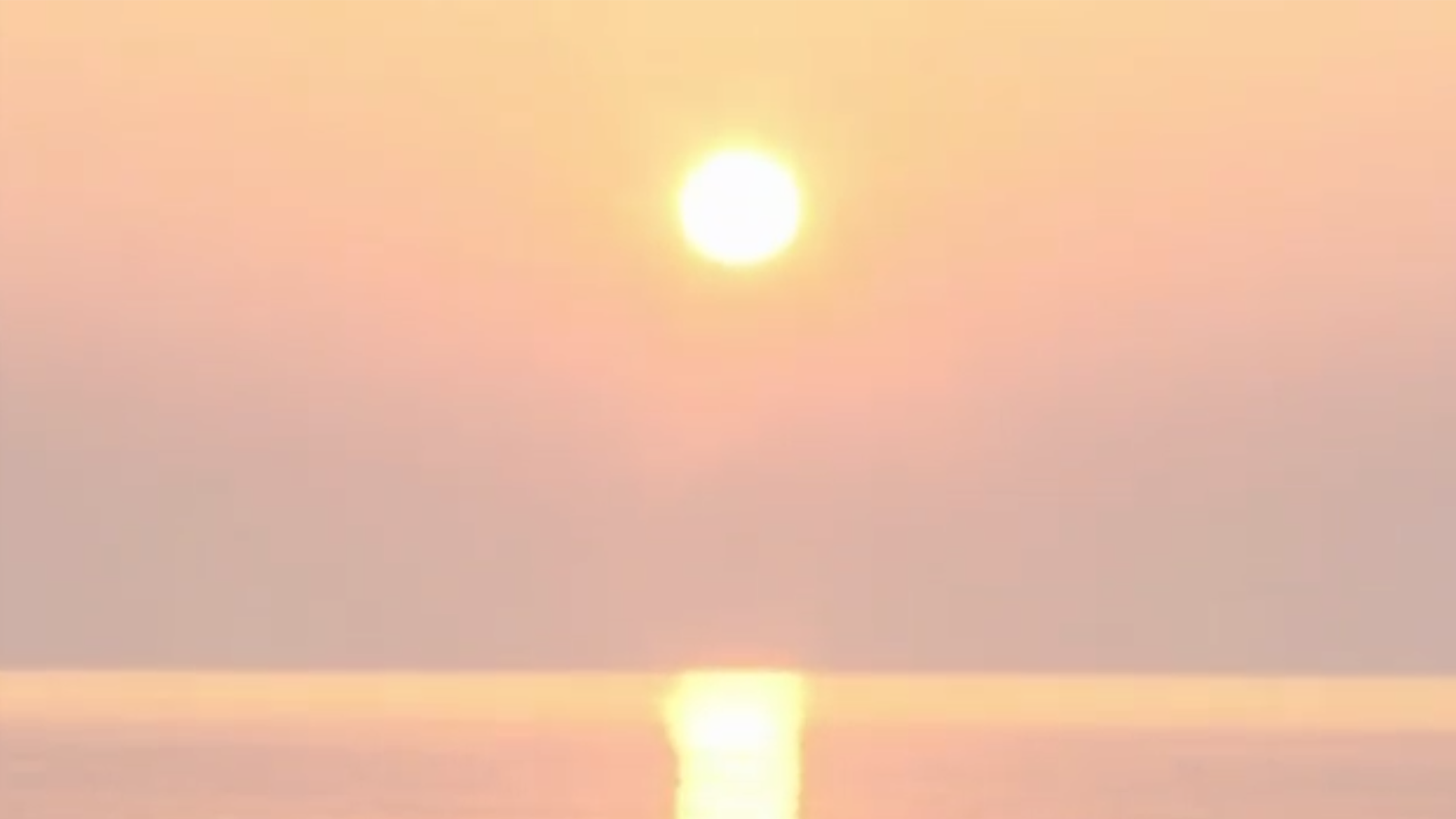
Curriculum-centred and oriented towards educational standards
Matching
Pupils Practise Inclusion
When people come together, no matter under what concomitant circumstances – ultimately, it is about how these people meet and how openly they interact with one another.
Ceramic
Ceramics are indispensable in our everyday lives. We eat from ceramic plates, drink from ceramic cups, use tiled ceramic bathrooms. But how is ceramic manufactured? The film reveals the secrets of this fascinating material! We get to know more about the beginnings of ceramic in the Old World of Egypt and Mesopotamia, about Greece, China and Rome. We gain interesting insights into the valuable earthenware and are also shown the exquisite further development of the "white gold". Today this versatile material is irreplaceable in industry, too. Whether in space or as an easily compatible substitute in medicine, ceramic is applied in many places.




